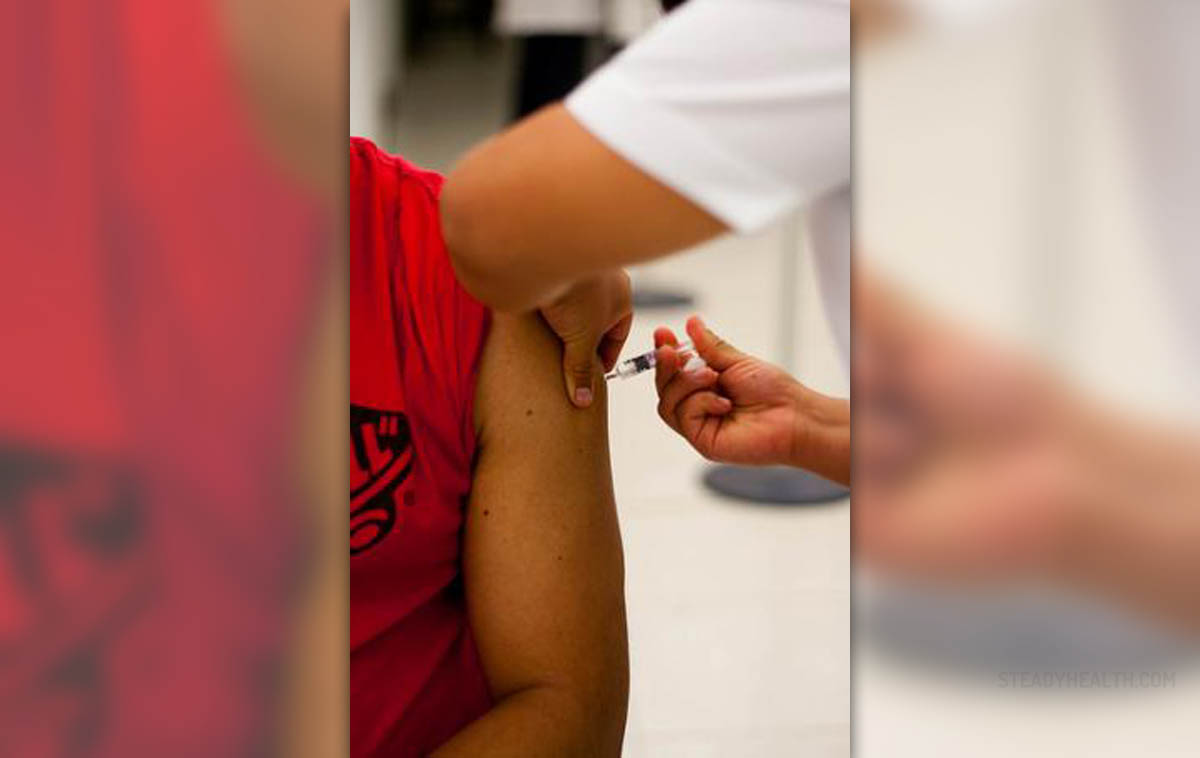
Flu (or influenza)belongs to the group of illnesses affecting the respiratory system of a personby means of influenza viruses. The severity of the condition varies from the mildto serious, and in some cases it can even be fatal. When it comes to protectingyourself from this illness, it is best to get inoculated by a flu vaccination at the beginning of each year. As far as statistics are concerned and taking theUS into consideration, each year 5 to 20 percent of the population falls under theinfluence of this illness. In addition, as many as 200,000 people require hospitalizationdue to the unpredictable flu induced health complications. What is even moretroubling is that as many as 36,000 cases have a fatal outcome on a yearlybasis. Also certain groups of people are at a far greater risk of coming downwith the more severe form of the flu, such as the elderly people, smallchildren, pregnant women and persons suffering from various chronic healthconditions like diabetes, asthma and different heart related diseases.
Vaccination targetgroup
When it comes to theparticular group of people who are in a greater need of vaccination thanothers, there really isn’t a clear cut distinction, since inoculation isrecommended to every person seeking to protect him/herself from coming downwith the flu. Despite this, there do exist certain people who are advised morethan others to get vaccinated. The main reasons behind this is the fact that thepossible flu related complications can take a toll on their health to a much greaterextent, and cause consequences that are not only severe, but also fatal innature. Therefore, people who should be at the forefront when the inoculation seasonstarts are the following:
Children aged 6 months up to 19 yearsof ageWomen who are pregnantPersons aged 50 and abovePeople suffering from any kind of acondition that is chronic in naturePersons residing in nursing homes andsimilar institutionsPersons who either live with or aretaking care of people who are under the influence of the fluVaccines – types
When it comes tovaccines themselves, there exist two different kinds, namely:
Inactivated vaccine (the one thegreatest majority of people gets each year round)Live weakened influenza vaccine (spraythat is taken by way of breathing it in through your nose)In addition, forthose persons who have passed the 65 age limit there exists a special type ofthe vaccine, i.e. a high dose inactivated vaccine. Unfortunately, evensuch a healing “tool” has its downfalls and side effects. Among those mostprominent are redness followed by the appearance of sore spots and swellings,hoarseness, cough, red eyes, mild fever and minor pains/aches.

















Your thoughts on this
Loading...